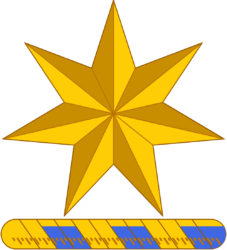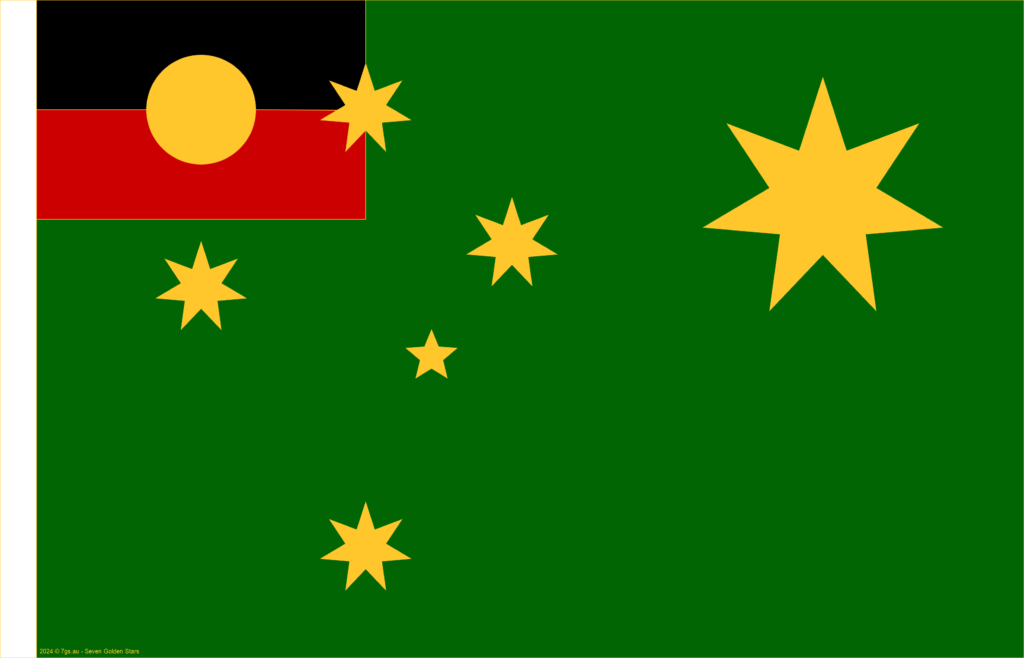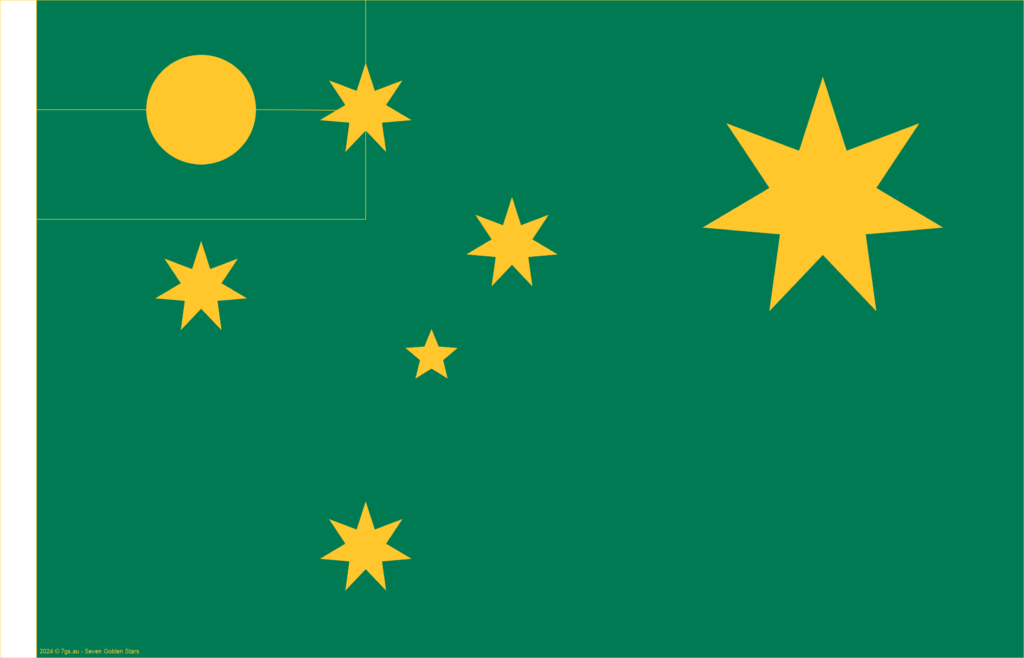Queensland – Crown Proceedings Act 1980
“…Crown means the Crown in right of the State of Queensland and includes a corporation representing the Crown, constituted by or under any Act or incorporated or registered under the Corporations Act…
8 Proceedings by or against the Crown Mode of proceeding
(1) Subject to this Act and any other Act or law, a claim by or against the Crown may be made and enforced by a proceeding by or against the Crown under the title the ‘State of Queensland’.”
https://www.legislation.qld.gov.au/view/pdf/inforce/2020-07-21/act-1980-002
New South Wales – Crown Proceedings Act 1988 No 70
“Crown means the Crown in right of New South Wales, and includes:
(a) the Government of New South Wales, and
(b) a Minister of the Crown in right of New South Wales, and
(c) a statutory corporation, or other body, representing the Crown in right of New South Wales.”
https://legacy.legislation.nsw.gov.au/~/pdf/view/act/1988/70/whole
Victoria – Interpretation of Legislation Act 1984 (see p55)
“5 …Act to bind Crown This Act binds the Crown, not only in right of the State of Victoria, but also, so far as the legislative power of the Parliament permits, the Crown in all its other capacities… Crown means the Crown in right of Victoria; (p55)”
https://content.legislation.vic.gov.au/sites/default/files/2022-07/84-10096aa130%20authorised.pdf
Tasmania – Crown Proceedings Act 1993
“3. Act to bind Crown This Act binds the Crown in right of Tasmania and, so far as the legislative power of Parliament permits, in all its other capacities, but does not extend to the Crown in right of the Commonwealth except where specific provision is made for its application to the Crown in right of the Commonwealth.
Interpretation In this Act, unless the contrary intention appears – …State Crown means the Crown in right of this State.”
https://www.legislation.tas.gov.au/view/whole/html/inforce/current/act-1993-014
South Australia – Crown Proceedings Act 1992
“4—Interpretation …State Crown means the Crown in right of this State…
(2) This Act extends not only to the Crown in right of the State but also (as far as the legislative power of the State admits) to the Crown in any other capacity but does not extend to the Crown in right of the Commonwealth except where specific provision is made for its application to the Crown in right of the Commonwealth
1 Note— 1 Specific provision is made in section 9 for representation of the Crown in right of the Commonwealth in State proceedings.”
Western Australia – Crown Suits Act 1947
“Term used: Crown
In this Act, the term Crown means the Crown in right of the Government of Western Australia.”
A PDF of this post: Acts referring to the Crown in right of a state











